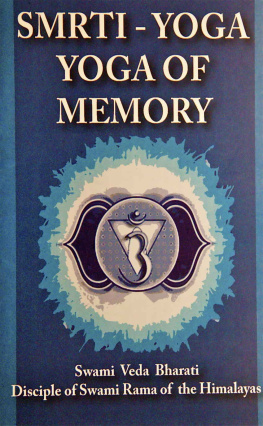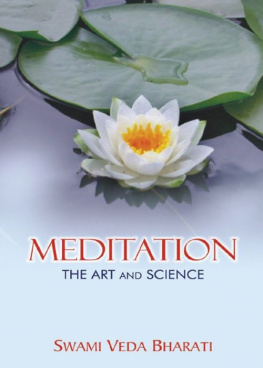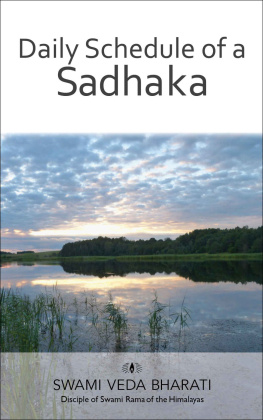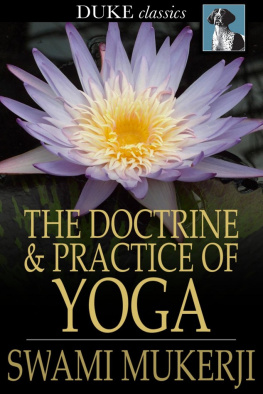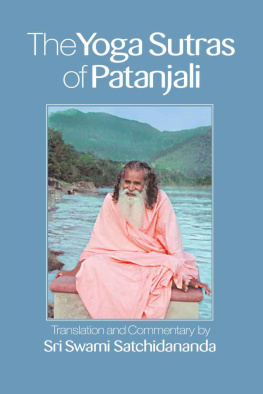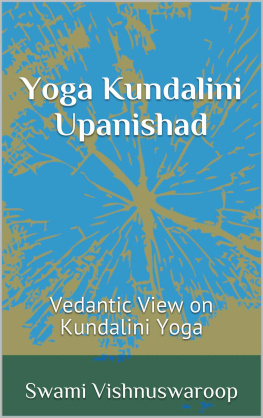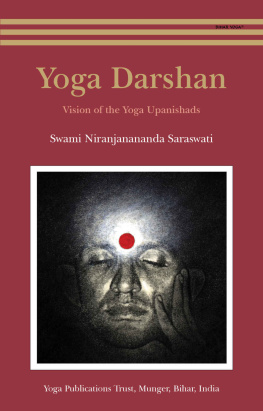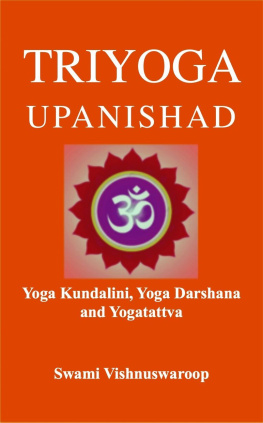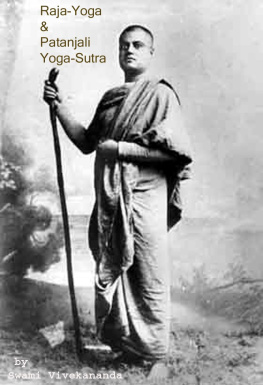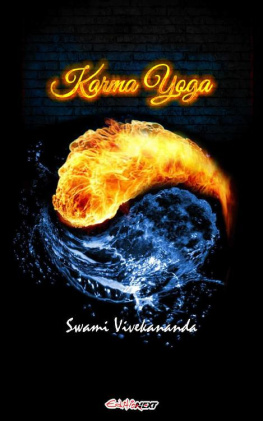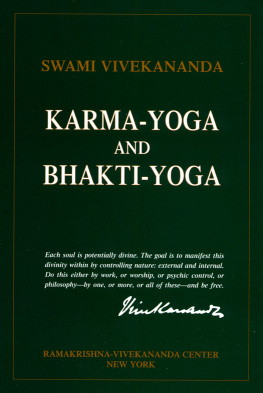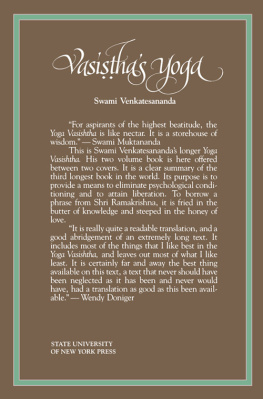Swami Veda Bharati - Smrti Yoga: Yoga for Memory
Here you can read online Swami Veda Bharati - Smrti Yoga: Yoga for Memory full text of the book (entire story) in english for free. Download pdf and epub, get meaning, cover and reviews about this ebook. year: 2017, publisher: Himalayan Yoga Publications Trust, genre: Religion. Description of the work, (preface) as well as reviews are available. Best literature library LitArk.com created for fans of good reading and offers a wide selection of genres:
Romance novel
Science fiction
Adventure
Detective
Science
History
Home and family
Prose
Art
Politics
Computer
Non-fiction
Religion
Business
Children
Humor
Choose a favorite category and find really read worthwhile books. Enjoy immersion in the world of imagination, feel the emotions of the characters or learn something new for yourself, make an fascinating discovery.
- Book:Smrti Yoga: Yoga for Memory
- Author:
- Publisher:Himalayan Yoga Publications Trust
- Genre:
- Year:2017
- Rating:3 / 5
- Favourites:Add to favourites
- Your mark:
- 60
- 1
- 2
- 3
- 4
- 5
Smrti Yoga: Yoga for Memory: summary, description and annotation
We offer to read an annotation, description, summary or preface (depends on what the author of the book "Smrti Yoga: Yoga for Memory" wrote himself). If you haven't found the necessary information about the book — write in the comments, we will try to find it.
Smrti Yoga: Yoga for Memory — read online for free the complete book (whole text) full work
Below is the text of the book, divided by pages. System saving the place of the last page read, allows you to conveniently read the book "Smrti Yoga: Yoga for Memory" online for free, without having to search again every time where you left off. Put a bookmark, and you can go to the page where you finished reading at any time.
Font size:
Interval:
Bookmark:
Also by the same author:
YOGA SUTRAS OF PATANJALI VOLS I & II
NIGHT BIRDS
YOGI IN THE LAB
KUNDALINI: STILLED OR STIRRED
SONG OF THE LORD: GITA IN THE YOGA VASISTHA
WHAT IS RIGHT WITH THE WORLD: THE HUMAN URGE FOR PEACE
MANTRA THE SACRED CHANTS
MEDITATION THE ART & SCIENCE
MEDITATION & THE ART OF DYING
MANTRA & MEDITATION
PHILOSOPHY OF HATHA YOGA
PERFUMES FROM THE VALLEY OF FLOWERS
108 BLOSSOMS FROM THE GURU GRANTH GARDEN
THOUSAND NAMES OF KUNDALINI
And many more books, booklets and audios
Copyright 2007 Swami Veda Bharati
All rights reserved. No part of this book may be reproduced, stored in a retrieval system, or transmitted in any form or by any means, electronic, mechanical, photocopying, recording or otherwise, without the prior permission in writing of the copyright owner.

Himalayan Yoga Publications Trust
Swami Rama Sadhaka Grama (SRSG)
Virpur Khurd, Virbhadra Road
Rishikesh 249 203 (India)
Tel: +91-135-2453030
Email: info@yogapublications.org
Website: www.yogapublications.org
Smrti-Yoga: Yoga of Memory
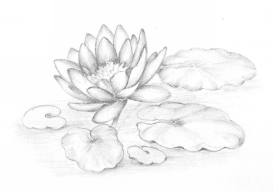
SMRTI-YOGA: YOGA OF MEMORY
Our contemporary science defines different types of memory depending on different types of brain functions and based in the neuronal connections. The ancient understanding of memory was less physical and more psycho-spiritual. Memory, in the ancient traditions, is not merely located in the physical cerebrum but becomes deeply ingrained in the subtle body in the form of samskaras, processed conditioning and modulations of the subtle body. It is on the model of the subtle body, as on a mould, that our physical bodies are then formed, de-formed, reformed. All these processes take place in one life time or in many successive ones. Here we shall not discuss the hidden world of samskaras (imprints) and vasanas (proclivities arising therefrom) and the karmic fruition. (see this author's Commentary on the Yoga-sutras of Patanjali, volume 2) We shall eliminate the discussion of past life memory.
The Sanskrit word for memory is smrti (pronounced in different parts of India as smriti or smruti; r here is a vowel). In the Yoga-sutras of Patanjali, the word occurs in two different meanings:
a) anubhuta-vishaya-a-sam-pra-moshah smrtih (sutra 1.11). An experienced object not being lost from the mind is memory. This definition is limited so as to explain it as a vrtti, an operation of the mind to be brought under control to attain samadhi.
b) In sutra 1.20, a view parallel to the Buddhist one is enunciated. Samadhi may be attained by following five different methods, including smrti. Here smrti is no mere memory but the practice of mindfulness. The great commentator Vyasa here speaks of the practice of smrty-upa-sthana, the Pali sati-patthana (see our Commentary on YS. Volume 1).
We need to view these two denotations of smrti as interlinked. When Krishna says:
From anger arises stupefaction (sam-moha);
From stupefaction the confusion of smrti.
He is talking of the loss of mindfulness. So, at the end of the Bhagavad-gita we hear
Arjuna exclaim:
My stupefaction (moha) has vanished;
Mindfulness has returned.
We have discussed this rendering of smrti in our work on the Yoga-sutras and need not repeat it here for our present purpose.
Mindfulness is a very refined form of attention, a state of awareness. The Pali texts go into great detail of the practices of six kinds of mindfulness (anussati = anu-smrti) and four categories of related practices (anussati-kamma-tthana) . No mindfulness, no memory.
My Gurudeva Swami Rama of the Himalayas said: memory means interest; you forget because you are not interested. What, or whom, you would love you would remember.
Here it is not possible to go into the details of all the practices taught in yoga for
- cultivating mindfulness and
- enhancing memory.
We shall explain the subject selectively.
Our memory and emotional states are closely linked. All our confusions are emotional ones; they befog the mind and rob it of its pleasant clarity of the mind, prasada-guna (another term we have explained in YS 1.33 and numerous recorded lectures). This prasada-guna is developed, cultivated and maintained by practising the four brahma-viharas, frolics in God, as prescribed in sutra 1.33 by Patanjali.
These practices aid us in stabilising the mind (sthiti-ni-bandhana) whereby concentration, that is the prerequisite for memory, improves.
Actually, concentration is no effort; just clearing the mind of its emotional confusions. Once the fog is lifted, the sun shines clearly. A clear mind remembers; a confused mind forgets.
The primary archetypical reason for the weakness of memory is prevalence of tamas . This may manifest itself under many categories. However, here let us just ask the simple
- 'Why' and
- 'How' questions.
The 'why' first:
a) A Shiva-child is often forgetful. His/her tamas does not indicate stagnancy but stability from the past lives of purification through tapasya. Because of a deep inward urge, the interest in outward matters is absent and the child appears dull but may excel in spiritual attitudes, and in certain arts that can be practised in solitude, and so forth. One of the four major disciples of Shankaracharya, named Hastamalaka, is the highest example although there are many even today in some families, much misunderstood, but not with such excellence in spiritual realisation.
b) Dullness of intelligence as a past karmic effect. For example a person with much pride in his scholarship and intelligence may be born 'stupid'. Intelligence is of many types but memory and intelligence are closely linked.
This just about sums up the 'why'. The 'how' is a little more detailed.
- Lack of spiritual preparations on the part of the parents, to be defined below.
- Mother's malnourishment during pregnancy so that the foetus does not receive all the nutrients needed to develop the strength or even the morphology of the neuro-cerebral systems. So also during lactation.
- Child's malnourishment so that, again, the nutrients required to develop the cerebral systems are in dearth.
- Lack of training in education as to how to use the mnemonic faculties.
- Over-dependence on technology, so that 'mental mathematics', so common up to the time of our grandfathers, is no longer known and without the calculator one cannot cube 25. Everything is noted down in a computer and nothing remembered. I find this phenomenon more among my western associates and assistants, also sadly increasing in traditional cultures of Asia.
- Overfeeding so the energy is needed to digest food and not spared for sharpening the mind that keeps becoming dull and less perceptive.
- Sleep deprivation that is a common phenomenon in the urban industrial countries and communities.
- Alcohol and mind-altering drugs; these have long term effects.
- Tension, lack of relaxation.
- Poor blood circulation so that the brain is not receiving the necessary nutrients.
- Lack of training in associational memory triggers (see the list of 25 triggers given by sages Gotama and Vatsyayana below).
- Lack of training of analytical faculties resulting in non-comprehension.
- Emotional confusion and befogging; this, even if neuro-cerebral systems are well developed.
- Lack of interest in or love for the subject, person, etc, to be remembered.
Font size:
Interval:
Bookmark:
Similar books «Smrti Yoga: Yoga for Memory»
Look at similar books to Smrti Yoga: Yoga for Memory. We have selected literature similar in name and meaning in the hope of providing readers with more options to find new, interesting, not yet read works.
Discussion, reviews of the book Smrti Yoga: Yoga for Memory and just readers' own opinions. Leave your comments, write what you think about the work, its meaning or the main characters. Specify what exactly you liked and what you didn't like, and why you think so.

